Phonics Teaching Resources
Make teaching phonics easy with printable phonics worksheets, activities, games and more designed for primary teachers.
This collection of Australian curriculum-aligned teaching resources has been carefully reviewed by our expert teaching team to make sure every resource is classroom-ready — so we can make your lesson planning easier!
New to teaching phonics, or just looking for new ways to engage your students? Read on for a primer from our teacher team!
What Is Phonics?
You've likely heard the word 'phonics' thousands of times throughout your own education and maybe on one of those old as from the '90s. But what is phonics, exactly?
Phonics is technically defined as the systematic instruction of the relationships between letters and sounds in written language. But that's a mouthful, isn't it? More simply, phonics is the word we use to refer to the method of teaching reading by focusing on the relationship between written letters and the sounds they represent.
In phonics, kids learn how to decode written words by recognising the sound-symbol correspondence.
Phonics vs. Phonemic Awareness
When we start talking about letters and their sounds, we start to wander into phonemic awareness territory. So what's the difference?
The words phonics and phonemic are similar, and the two concepts are — surprise, surprise — related. But there are key differences.
Phonemic awareness is essentially the ability to identify and manipulate individual sounds — aka phonemes — in spoken language. It's those individual sounds and their correspondence to the letter symbols that can be used by kids to then decode written words.
So students learn to recognise the individual sounds of spoken language (phonemes) and how these sounds can be represented by letters (graphemes) in written language. Then they apply this knowledge to decode written words by understanding the sound-symbol correspondence.
Consider this example:
- Let's say your student can identify the separate sounds in a spoken word such as 'cat' (i.e., /k/ /a/ /t/). That's phonemic awareness.
- Now let's say you're teaching that same student that the letter 'c' represents the /k/ sound and that the letter 'a' represents the /a/ sound, and that these sounds combine to form the word 'cat.' That's phonics!
How to Teach Phonics in Primary School
OK, you probably already know that phonics is all about teaching word recognition via grapheme-phoneme associations and letter-sound correspondences.
It’s a means of teaching early readers the pieces that make up a word so they can blend them together to decode the English language as readers and writers.
But how do you teach it?
In the earliest stages, phonics instruction typically begins with teaching students the most common letter-sound relationships. You start with consonants, then move on to vowels, then consonant blends.
Students then learn to sound out words by decoding the letters and blending the sounds together to form words.

Phonics Vocabulary Terms to Remember
The English language system is one of the hardest to teach and learn, so how do you teach phonics? Let’s start with the phonics vocabulary.
- For starters, there are 26 letters that create approximately 44 phonemes, the word for the individual speech sounds that make up words. Put together, phonemes make words. OK, easy enough, right?
- Well, these phonemes can be written in more than 200 different letter combinations, known as graphemes. Graphemes can be made up of 1 letter (such as 'p' in 'pig'), 2 letters (such as 'gh' in ghost), 3 letters (such as 'igh' in night), or 4 letters (such as 'ough' in rough).
- Then there are digraphs or two letters that work together to make one sound — such as “ph” in graph. But wait, isn’t that a grapheme? Yup, a digraph is a type of grapheme.
- So is a trigraph, trigraphs, aka three letters that work together to make one sound, such as 'dge' in edge.
- And if you’re teaching phonics, you can’t forget dipthongs, the name for a sound that is formed by the combination of two vowels in a single syllable, such as 'ou' in loud.
Most students will spend foundation, year 1 and even year 2 getting a handle on all phonics elements!
- Plus Plan
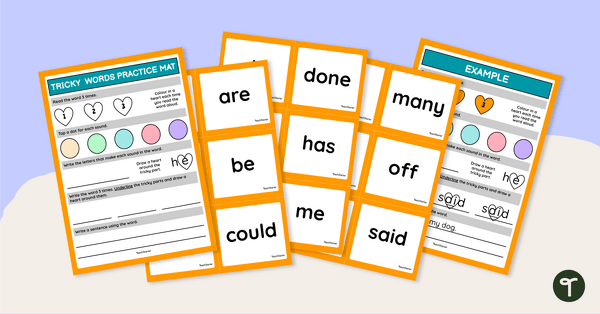
Tricky Word Flashcards and Practice Mat
Practise identifying the tricky parts in high-frequency words with this practice work mat and accompanying tricky word cards.
- Plus Plan
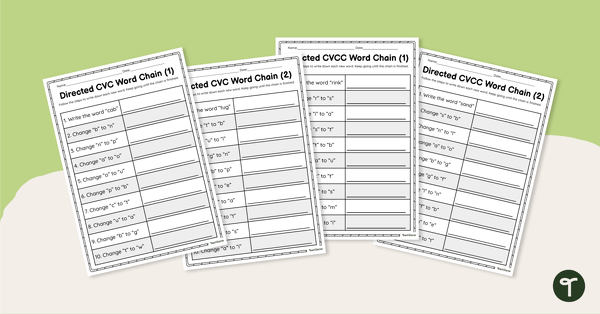
Directed Word Chains - Worksheets
Manipulate the individual phonemes in words to create new ones with this set of four word chain worksheets.
- Plus Plan
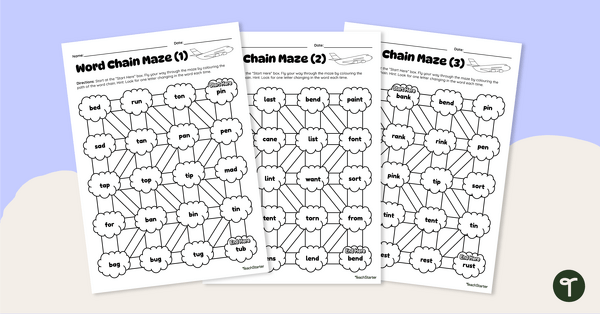
Word Chain Mazes - Worksheets
Colour a path through the maze by identifying the changing phoneme to create a continuous word chain.
- Plus Plan
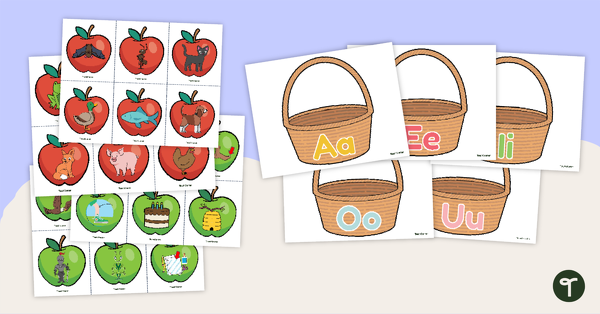
Vowel Sorting Activity - Short and Long Vowels
Supplement your phonics lessons with an apple-themed vowel sound sorting activity.
- Plus Plan
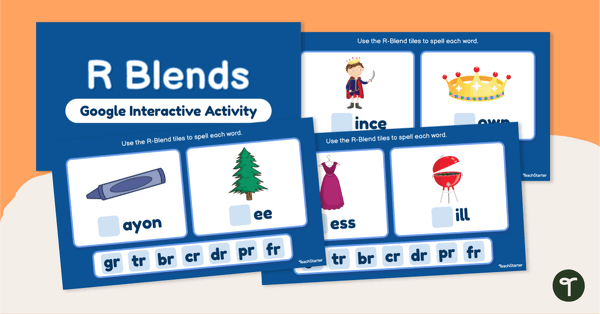
Initial R-Blends - Interactive Activity
Become familiar with words that begin with an r-blend using this interactive digital resource.
- Plus Plan
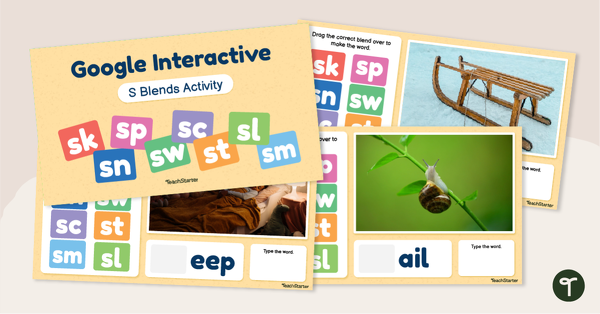
Initial S-Blends - Interactive Activity
Become familiar with words that begin with an s-blend using this interactive digital resource.
- Plus Plan
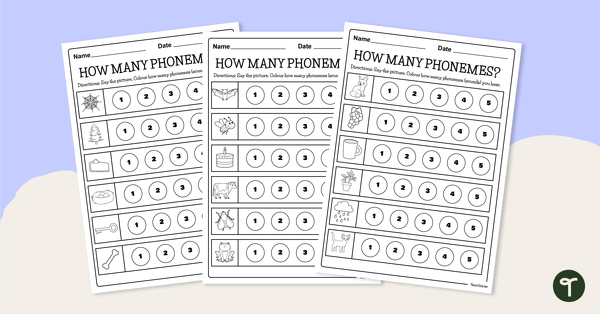
How Many Phonemes? Worksheets
Practise counting the number of phonemes in common words with the set of five phonics worksheets.
- Plus Plan
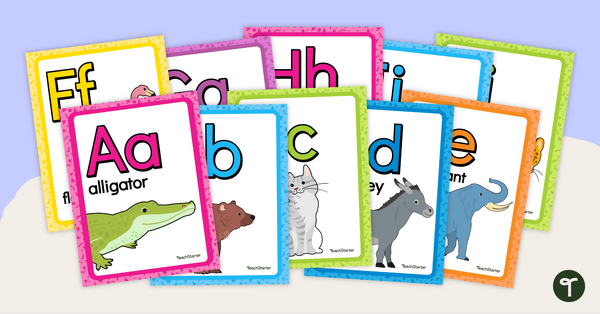
Rainbow Alphabet Display - Animals
Display these rainbow-themed alphabet posters with animals in your classroom.
- Plus Plan
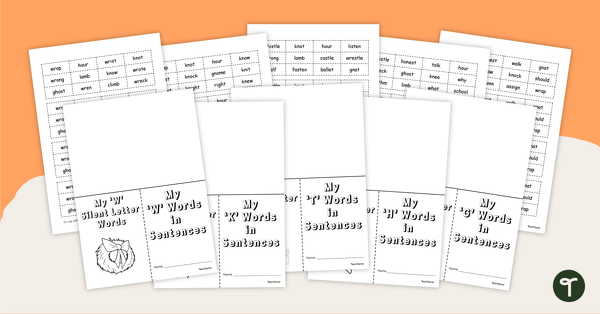
Silent Letter Flap Books
A great worksheet alternative to help your students identify silent letters in words.
- Plus Plan
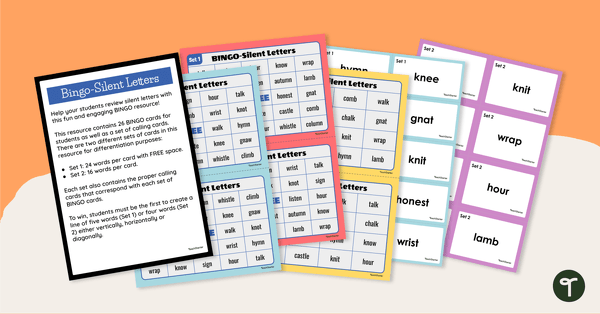
Silent Letters Bingo
Help students master silent letters with this engaging game of Bingo.
- Plus Plan
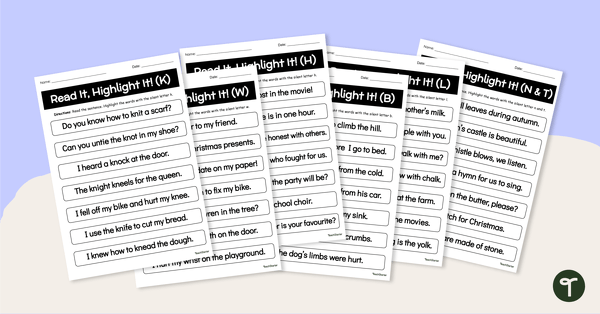
Silent Letter Worksheets - Read It, Highlight It!
Identify silent letters in words with this set of six decoding worksheets.
- Plus Plan
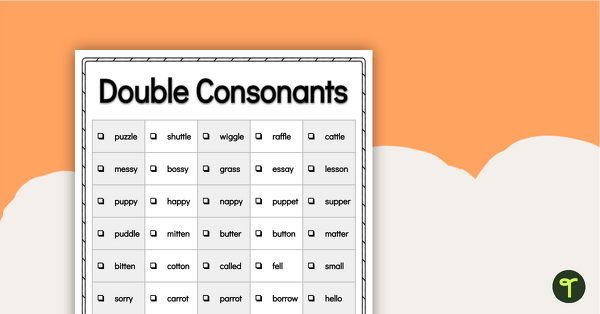
Word Study List - Double Consonants
Introduce and explore words containing double consonants with this extensive list.
- Plus Plan
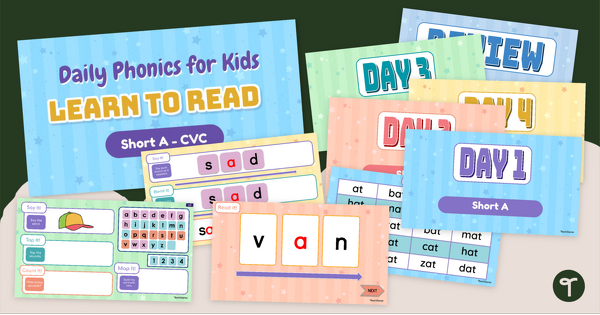
Learn to Read Short A - Daily Phonics for Kids
Immerse your students in the short 'a' vowel sound with this comprehensive series of phonics activities.
- Plus Plan
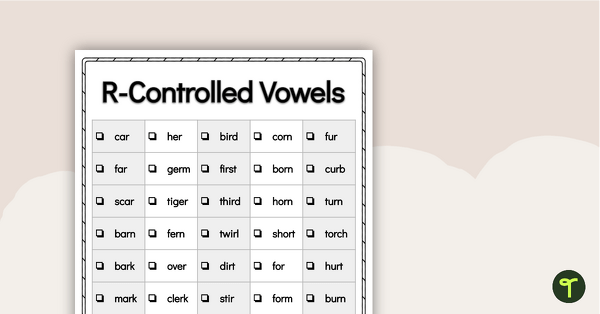
Word Study List - R-Controlled Vowels
Introduce and explore words containing r-controlled vowels with this extensive list of words.
- Plus Plan
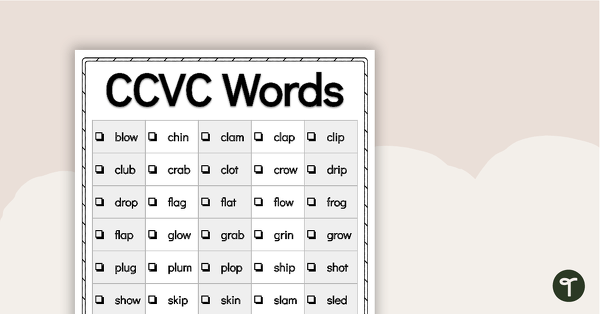
Word Study List - CCVC Words
Introduce and explore words containing the consonant-consonant-vowel-consonant pattern with this extensive list of CCVC words.
- Plus Plan
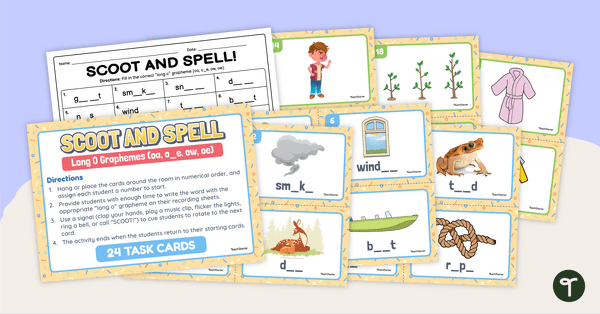
Long O Graphemes - SCOOT! Task Cards
Explore words containing graphemes that make the ‘long o’ sound with this active classroom game that will get your students moving!
- Plus Plan
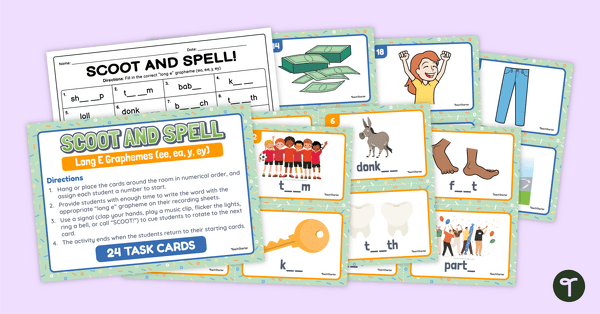
Long E Graphemes - SCOOT! Task Cards
Explore words containing graphemes that make the ‘long e’ sound with this active classroom game that will get your students moving!
- Plus Plan
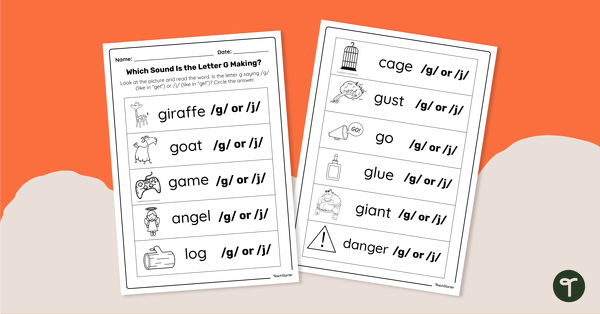
Which Sound? Worksheet - The Letter G
Practise identifying the different sounds made by the letter G with this printable two-page worksheet.
- Plus Plan
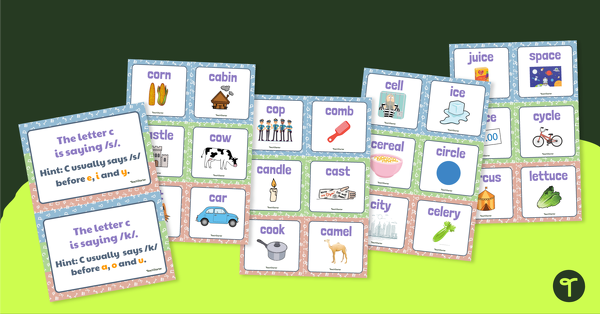
Which Sound? Sorting Activity - The Letter C
Practise identifying the different sounds made by the letter C with this hands-on sorting activity.
- Plus Plan
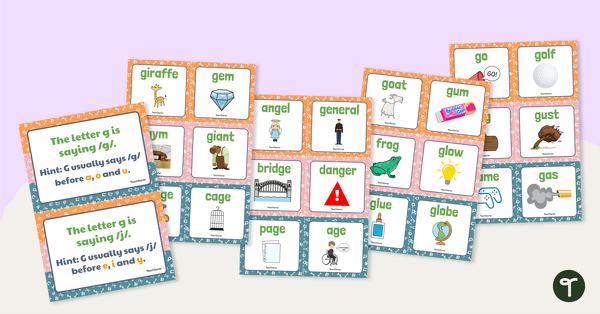
Which Sound? Sorting Activity - The Letter G
Practise identifying the different sounds made by the letter G with this hands-on sorting activity.
- Plus Plan
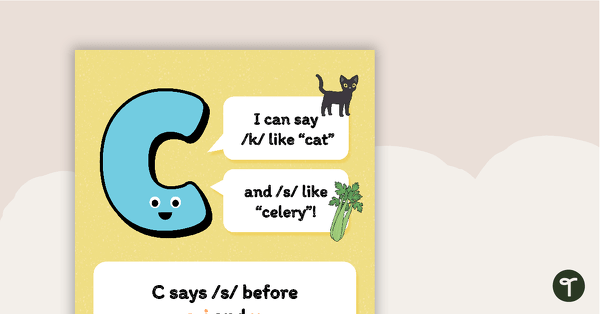
Which Sound? Poster - The Letter C
Remind your students of the different sounds made by the letter C with this colourful classroom poster.
- Plus Plan
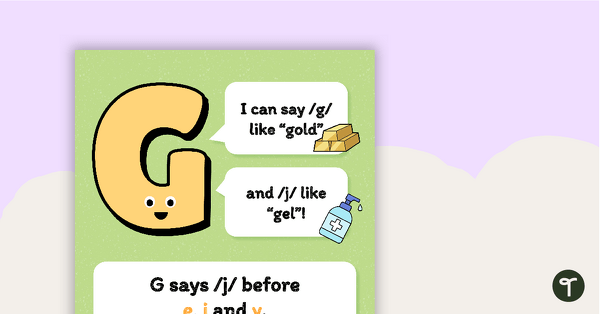
Which Sound? Poster - The Letter G
Remind your students of the different sounds made by the letter G with this colourful classroom poster.
- Plus Plan
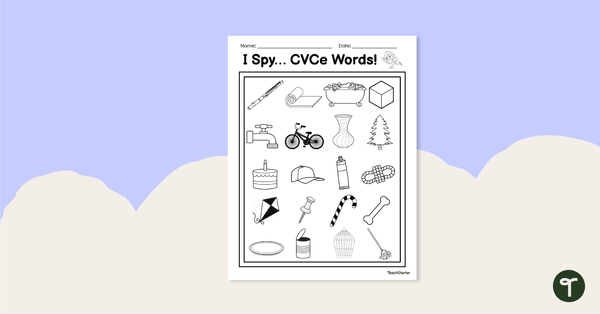
I Spy CVCe Words - Worksheet
Identify words that contain the magic e with this printable black and white worksheet.
- Plus Plan
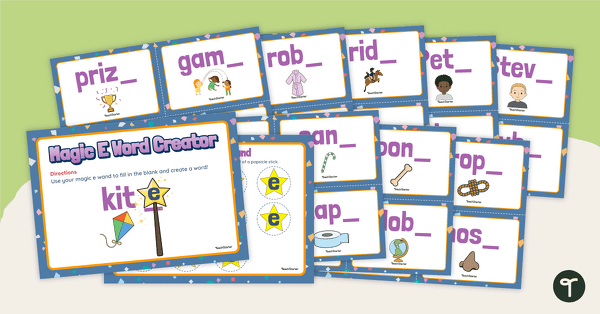
Magic E Wand and Word Cards
Explore the power of the magic e in CVCe words with this crafty phonics activity.
- Plus Plan

Final 'E' Worksheet Pack (O_E)
Explore words that make the 'long o' sound using the split o_e digraph with this set of 11 worksheets.
- Plus Plan
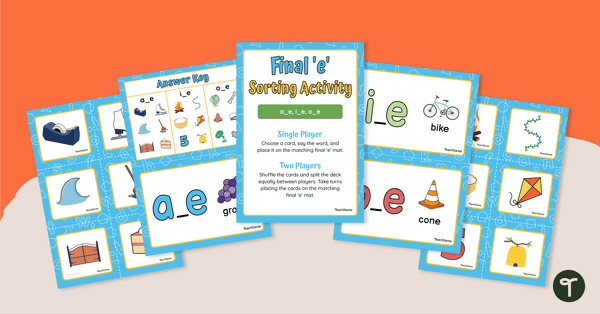
Final 'E' Sorting Activity
Practise final 'e' conventions with this set of 18 sorting cards.
- Plus Plan
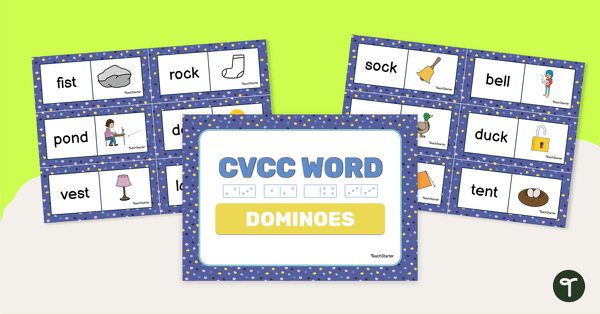
CVCC Word Dominoes
Practise decoding CVCC words with this set of 28 dominoes.
- Plus Plan
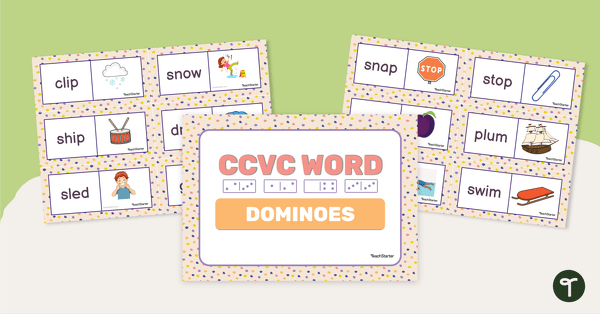
CCVC Word Dominoes
Practise decoding CCVC words with this set of 28 dominoes.
- Plus Plan
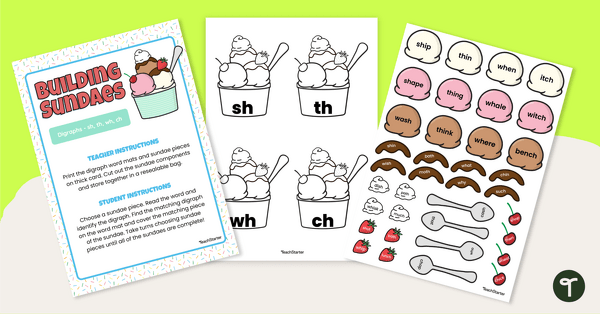
Building Sundaes with Consonant Digraphs
Identify initial and final consonant digraphs with this set of 4 yummy digraph sundaes.
- Plus Plan

R-Controlled Vowels Poster Pack
Supplement your phonics curriculum with an r-controlled vowel poster display.
- Plus Plan
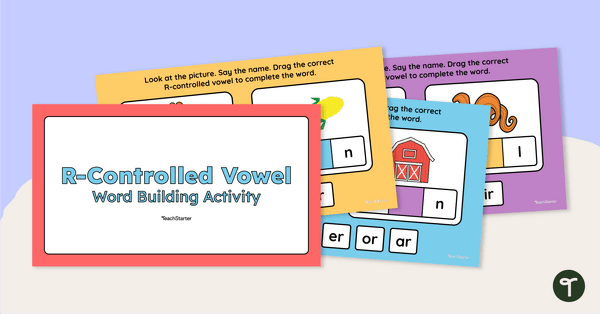
R-Controlled Vowel Word Building - Google Slides Interactive Activity
Explore spelling and reading words that contain r-controlled vowels with this interactive Google Slides activity.
- Plus Plan
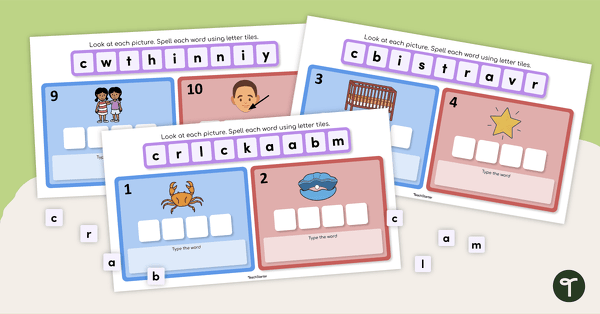
CCVC Word Building - Google Slides Interactive Activity
Practice spelling and reading CCVC words by identifying and blending sounds using this interactive Google Slides activity.